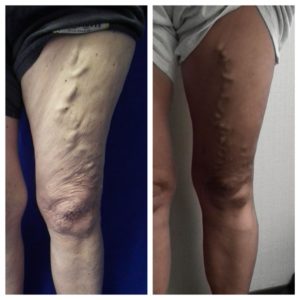Warm Weather Worsens Leg Symptoms
Nisha Bunke2020-08-19T01:00:26-07:00Warm weather can worsen symptoms of varicose veins and venous reflux disease.
This weekend, most of San Diego was blessed with sunny, warm-weather. Warmer weather tends to worsen symptoms of varicose veins, like increased leg heaviness, pain or you may feel that your legs fatigue more quickly during warm weather. For those who have spider veins, […]















